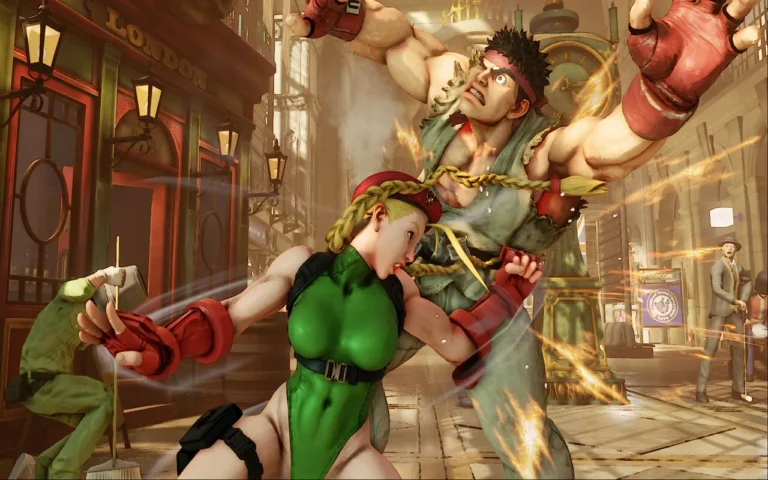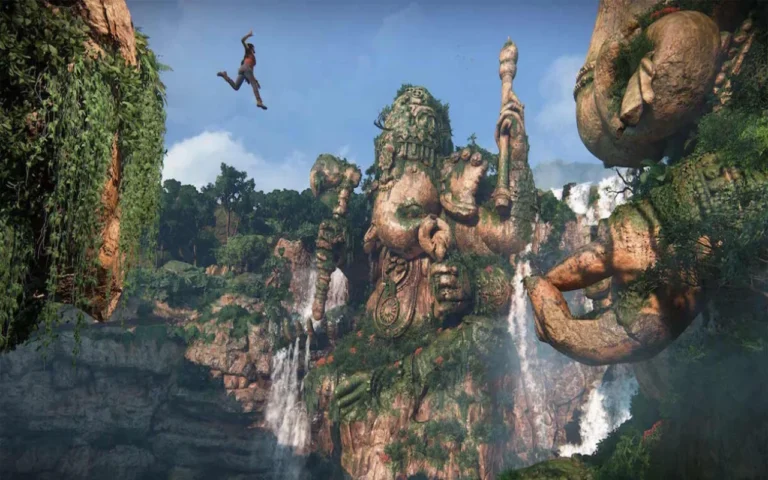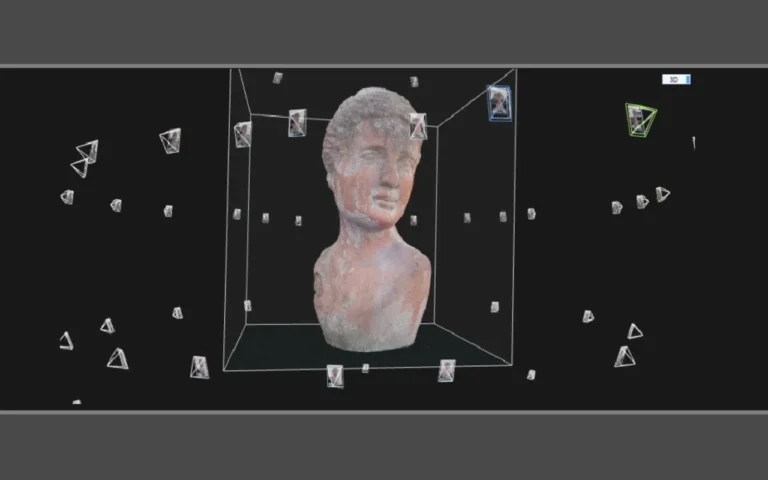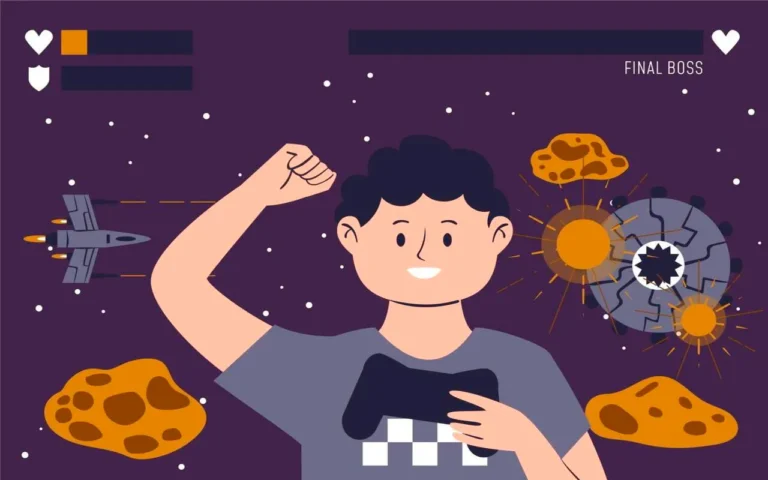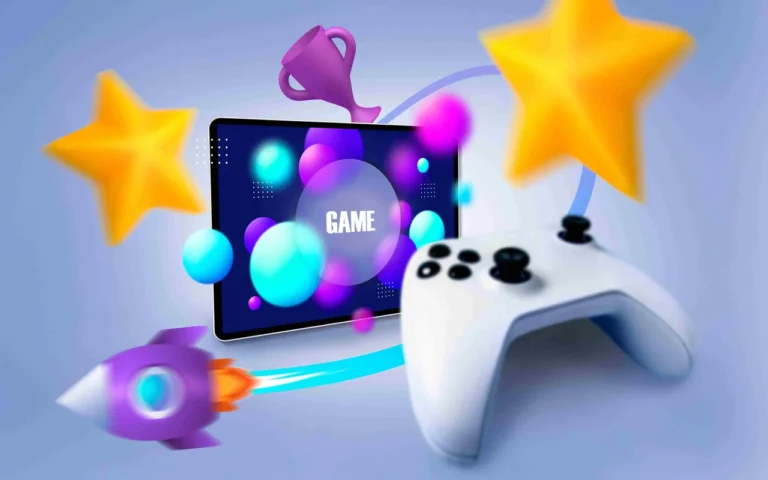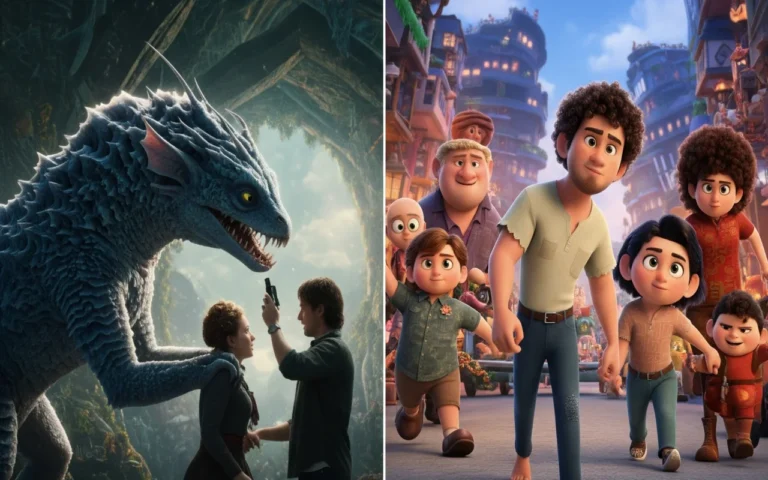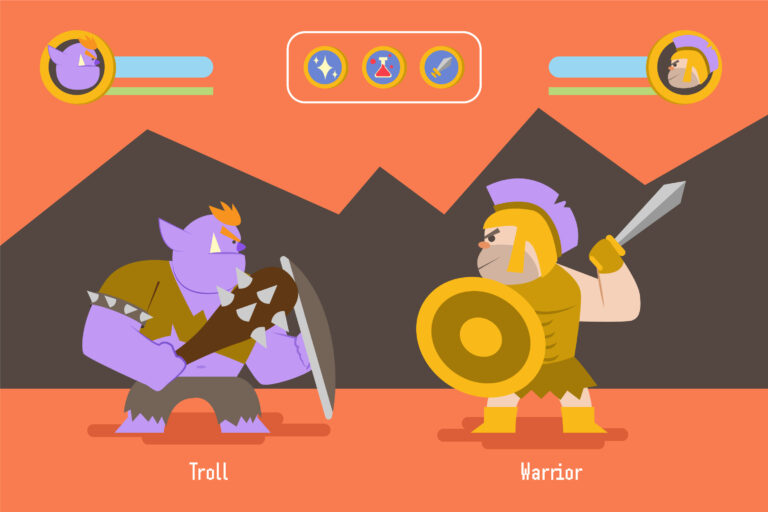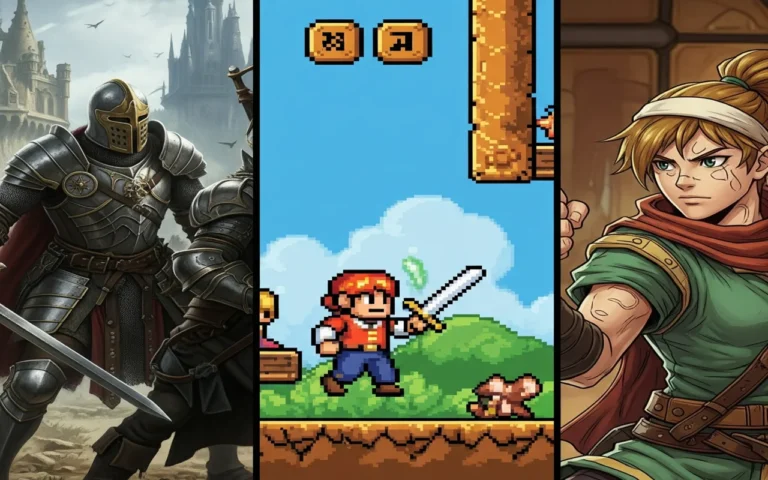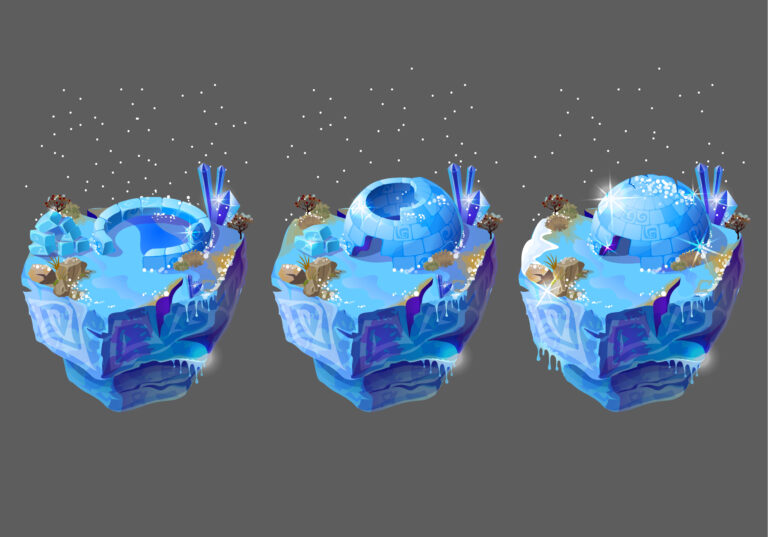For over a century, Nintendo has been a cornerstone of the video game industry and an idol for every aspiring game art studio. But behind its iconic consoles and characters lies a rich history filled with unexpected twists and little-known facts.
Originating in Kyoto, Japan, in 1889 as a playing-card manufacturer, Nintendo evolved dramatically to shape multiple generations of video game consoles, handheld devices, and iconic characters.
In this article, we will unveil 15 surprising details about Nintendo’s history, innovations, and internal workings, spanning everything from hardware design to the creation of its most famous mascot.
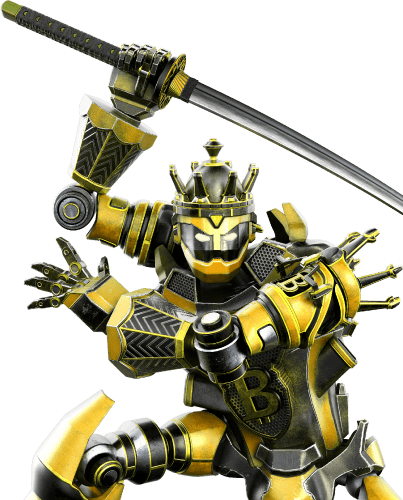
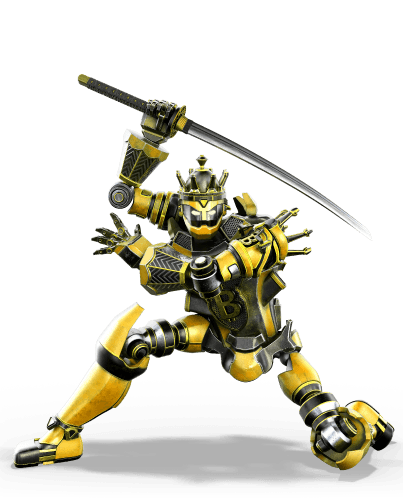
Need Game Art Services?
Visit our Game Art Service page to see how we can help bring your ideas to life!
Did Nintendo Start with Card Games Before Video Games?
Nintendo‘s very beginning was in 1889, established by Fusajiro Yamauchi to produce handmade hanafuda playing cards. The company’s original product was a traditional Japanese card game called Hanafuda, or “flower cards.”
These handmade cards were a massive hit, and Nintendo quickly became the dominant player in the market.
The company spent decades focused on cards and toys, only pivoting to the video game market in the 1970s. This unusual foundation helps explain their enduring flexibility in hardware and game design.
Is the GameCube Really a Cube?
Despite its name, the Nintendo GameCube is not a mathematically perfect cube. Its dimensions are 15 × 16 × 11 cm, defining it as a rectangular prism. The name was successful due to the distinctive logo (a cube within a cube) and the overall aesthetic.
Launched in 2001, the console was notable for its compact, colorful design and the top handle, which made it easy to carry. This playful branding and unique use of shape language were part of Nintendo’s charm, blending practical design with a fun aesthetic.
Did Nintendo Invent the Legendary D-Pad?
Yes! The legendary cross-shaped directional pad (D-Pad) was an invention of Nintendo’s Gunpei Yokoi. It debuted on the 1982 Donkey Kong handheld game, part of the Game & Watch series. This simple design innovation standardized directional input and influenced controller design across the industry for decades.
This groundbreaking innovation quickly became the industry standard, influencing the design of almost every controller that followed, including those for PlayStation and Xbox.
The D-Pad stands as a testament to Nintendo’s ability to shape the entire gaming landscape through smart, user-friendly design.
Is Mario the Jumpman?
Before being called “Mario,” the character was introduced as “Jumpman” in the 1981 arcade hit Donkey Kong. His gameplay, centered on jumping to avoid obstacles like barrels, helped pioneer the platforming genre and set the stage for his future as Nintendo’s central mascot.
It wasn’t until later that the character was renamed Mario, a story that many believe was inspired by Mario Segale, the landlord of Nintendo of America’s office.
This humble origin story of the character design process shows how one of gaming’s most iconic figures started as a simple character in an arcade game and grew to define the Nintendo brand.
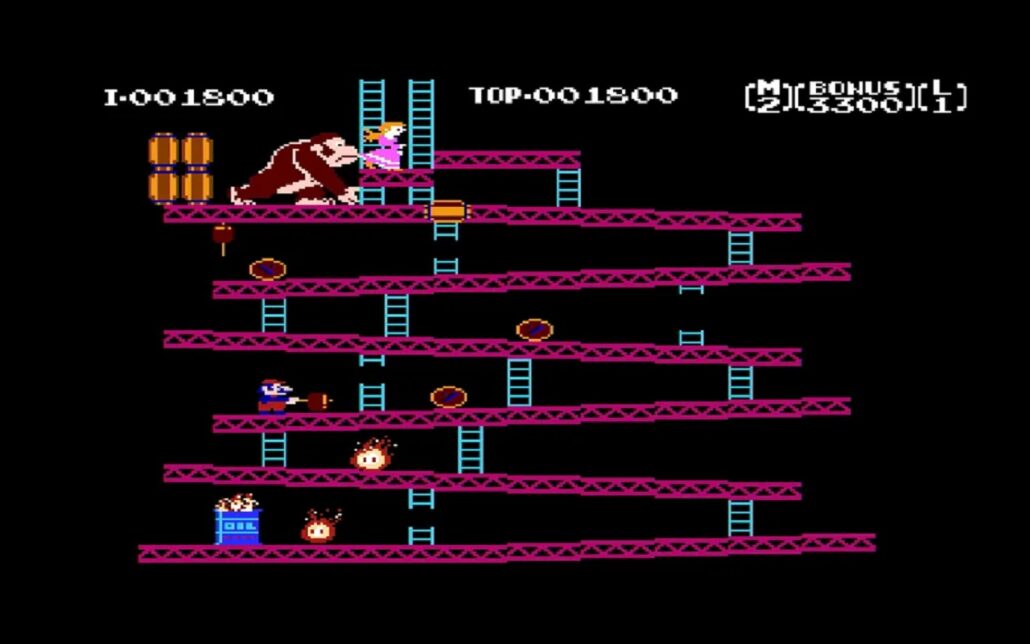
Did the NES Really Last for 20 Years?
The Nintendo Entertainment System (NES), released in Japan in 1983 and the US in 1985, remained relevant and commercially supported for nearly 20 years through licensed games and continued overseas sales. This long life cycle demonstrates Nintendo’s effective strategy of maximizing hardware lifespan and content availability.
Nintendo continued to manufacture the NES in Japan until 2003, a full 20 years after its debut. The NES isn’t just a console; it’s a symbol of gaming’s golden age.
Was the Nintendo DS Supposed to Mean Something Else?
The official abbreviation “DS” for the Nintendo DS stands for “Dual Screen,” referencing its signature clamshell design with a screen on each half, one of which was a touchscreen. This focus on dual-screen interaction significantly impacted the design of future portable gaming UIs and development tools.
While that’s an obvious and accurate meaning, Nintendo also had a secondary, internal name for the console: “Developer’s System.” This dual meaning highlighted Nintendo’s strategy of both surprising players with innovative hardware and providing a platform that was open for developers to experiment with.
Was Mario Always Meant to Be Nintendo’s Mascot?
Mario wasn’t initially destined to be the main star. In its early days, the company leaned on characters like Donkey Kong to represent the brand. However, the overwhelming success of Super Mario Bros. in 1985 changed everything.
This game character started as a secondary character in Donkey Kong and only later became the company’s primary mascot. Nintendo initially experimented with many characters before settling on Mario and his universe for its core brand identity.
Why Did Mario’s Appearance Change Over Time?
Mario’s visual appearance evolved as hardware advanced. His original design (red cap and overalls) was partly a necessity due to pixel limitations on early hardware, helping to distinguish his limbs and features.
- His mustache was easier to render than a mouth, which would have been just a few blurry pixels.
- The hat meant they didn’t have to animate his hair, which would have been a pixelated mess when he moved.
- The overalls were added to make his arms stand out against his body, so players could clearly see his movements.
His transformation reflects how character design must adapt to technical capability and video game genres while retaining a recognizable core identity.
What Does the Name Nintendo Actually Mean?
The common, though unproven, translation for the name “Nintendo” (任天堂) is “leave luck to heaven” or “in the hands of fate.” The name perfectly captures the themes of chance, arcade game art, and entertainment that have defined the company’s journey from playing cards to video games.
Did Nintendo Really Operate a Love Hotel?
Sources suggest that Nintendo once invested in a chain of love hotels! Though the evidence is often contested. What is certain is that the company explored various unusual business ventures (such as taxis and instant rice) before fully committing to video games, illustrating a history of creative pivoting.
These hotels provided short-term stays for couples and were part of the company’s efforts to diversify its income. This quirky part of the company’s history is a great example of its trial-and-error approach to finding success.
Could a Vacuum Cleaner Have Changed Nintendo’s Future?
Early in its history, Nintendo released eccentric novelty items like the “Chiritorie” remote-controlled vacuum cleaner and various other toys before focusing on electronic entertainment. These experiments reveal an early mindset of iterating and testing new concepts in hardware and mechanics.
Chiritory was a functional product, but it failed to catch on with consumers. Thankfully, this flop pushed Nintendo to focus on toys and electronics, which eventually led to the creation of the Famicom and the video game empire we know today.
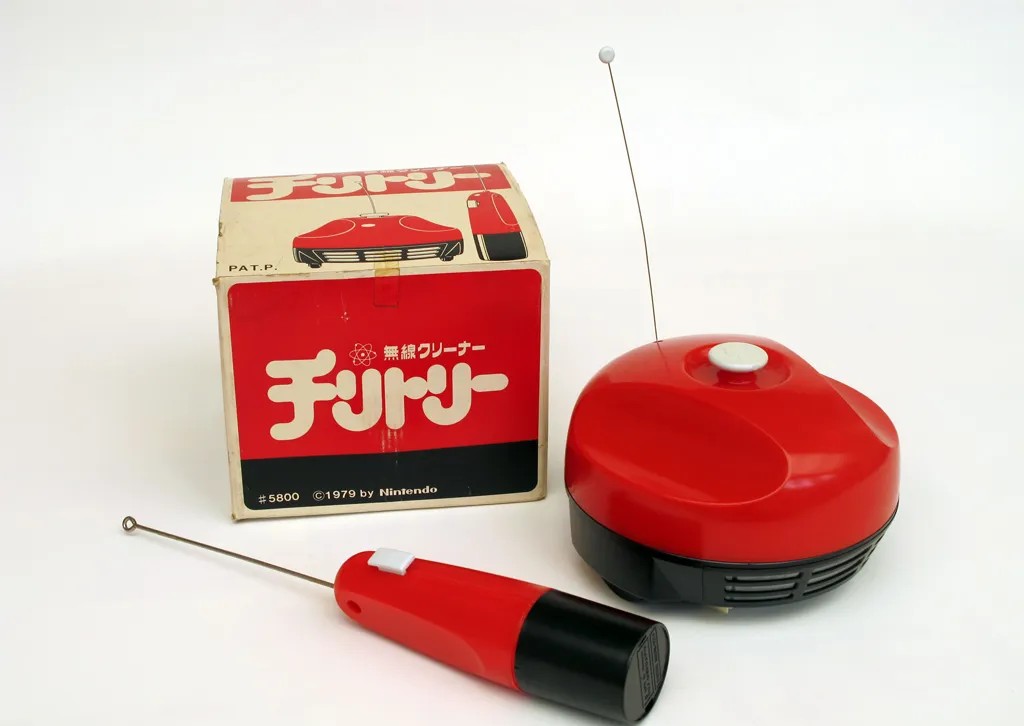
Did Nintendo Almost Partner with PlayStation?
In the early 1990s, Nintendo and Sony nearly collaborated on a CD-ROM add-on for the Super Famicom. Strategic disagreements caused the deal to fall apart, leading Sony to develop its own successful console, the PlayStation, a pivotal event that reshaped the entire video game industry.
The Legend of Zelda: An Inspiration from Childhood
Game design legend Shigeru Miyamoto based the open-world feel and emphasis on exploration in The Legend of Zelda on his childhood explorations of the rural areas near Sonobe, Kyoto. This highlights how deeply personal experiences can inspire immersive game environments and narratives.
These personal adventures directly influenced the game design psychology, which encourages players to explore and discover secrets at their own pace.
Did a Rival Help Save Nintendo?
In the early 2000s, Nintendo was facing a downturn in console sales. Surprisingly, help came from a long-time rival: Sega.
After leaving the console market, Sega began developing games for Nintendo hardware, including several Sonic titles for the GameCube.
This partnership brought iconic Sega franchises to a new audience and gave Nintendo’s library a much-needed boost during a challenging time.
It’s a great example of how even the fiercest competitors can become unexpected allies.
Did the Game Boy Really Go to Space?
In 1993, a Nintendo Game Boy made a truly “out-of-this-world” journey.
Russian cosmonaut Aleksandr A. Serebrov brought the handheld console with him aboard the Mir Space Station. It spent an incredible 196 days in orbit, enduring the harsh conditions of space.
It was reportedly carried on board space shuttle missions and to the International Space Station for various experiments. This fact shows Nintendo’s impact extending beyond Earthly entertainment and into cultural and technological history.
Final Words
From playing cards in the late 19th century to orbiting the Earth in the hands of astronauts, Nintendo’s story is filled with constant invention, bold shifts in strategy, and immense cultural reach.
For anyone involved in creative industries, these facts offer valuable lessons in hardware-software integration, character design flexibility, and the rewards of calculated risk-taking.
FAQs
How old is Nintendo really?
Nintendo was founded on September 23, 1889, making it over 135 years old as of 2025.
Why is Luigi green?
Luigi’s green outfit was chosen due to the memory limits of the Famicom. Simpler palette variety, not design symbolism.
Who invented the D-Pad?
The D‑Pad was developed by Ichiro Shirai of Nintendo, first appearing on a 1982 Game & Watch version of Donkey Kong.
What does "Nintendo" mean in Japanese?
“Nintendo” is commonly translated as “leave luck to heaven”, though this meaning is traditional rather than confirmed.
Why is the GameCube not a cube?
Despite its name, the GameCube isn’t a perfect cube. Its dimensions (≈150 × 110 × 161 mm) form more of a rectangular prism.
Was Nintendo once involved in non-gaming businesses?
Yes. Before gaming, Nintendo dabbled in ventures like instant rice, taxis, toys, and more, most of which failed.
What rare Nintendo items are highly collectible?
Highly collectible items include Nintendo Power #1 magazine, rare game watches, and sealed vintage titles worth thousands.
Why did Mario first appear as Jumpman?
In Donkey Kong (1981), Mario was originally called “Jumpman”. A simple reference to his jumping ability in the game.
Who ran Nintendo for over 50 years?
Hiroshi Yamauchi led Nintendo from 1949 to 2002 (over 50 years), transforming it into a global gaming giant.
